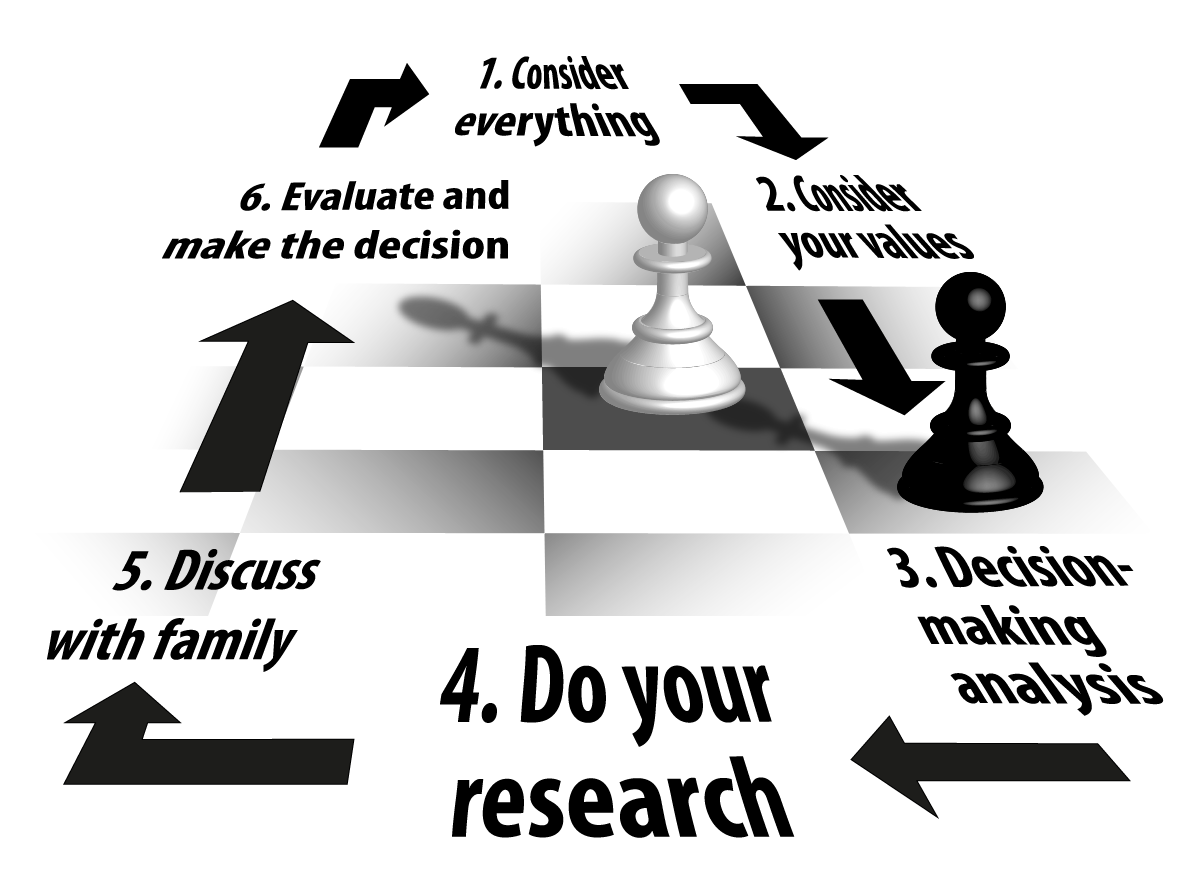How to make difficult decisions
Have you ever spent nights lying awake, wondering what decision to take, a decision that could have a long-lasting effect on your life, those nearest to you or your organisation?
Such a decision need not keep you hostage, says executive coach Dr Salomé van Coller-Peter. “There are several factors that influence our decisions, factors which make it at times feel like an almost impossible task. Past experiences, fear of making a mistake, your age and financial position, your personal beliefs as well as who your decision will affect are all significant factors. They are the reason you spend considerable mental energy and time weighing up the various options, scenarios and outcomes. This can leave you exhausted, confused and even unable to make that all-important decision.”
By adapting certain strategies of logical thought and combining these with your intuition, which is much more powerful than you think, you can significantly ease the transition to action.
Step 1
Start by viewing the decision as part of your life as a whole. Do not view your decision in isolation and getting caught up in the moment. Take a step back and see how this decision will impact your or your organisation’s current situation and long-term goals so as to come to a basic understanding of not only how this decision will affect the current issue you are dealing with but the future.
Step 2
Secondly, consider your values. Values are those things that you deem important in the way you live and work. Life will be much simpler when you acknowledge your values when you plan and make decisions. They determine your priorities, give you peace, reinforce who you are and measure whether your life is turning out the way you want it to.
Step 3
Use the “decision matrix analysis”. This involves identifying all the important aspects of the decision and then evaluating each on merit. Let’s say you want to buy a new house which will satisfy the needs of all the members of your family in terms of space and location while also being affordable. With several such houses available, the question is which one to choose. The approach would then be to create a document with in the first column the properties available and in the second the criteria they have to conform to. Give scores of 1 and 3 with 1 being the least suitable and 3 the most suitable to your needs. Then multiply the score with the relative importance of each factor and arrive at a total for each option. The house which scores the highest will in all probability be the best choice in terms of your needs.
Step 4
Gain knowledge by researching how other people have dealt with and had been affected by a similar situation. It is sometimes comforting to know that someone else also arrived at the same cross roads as you have and to see how they have responded to the situation. Remember that although the problem might seem similar, circumstances vary greatly from one person to the next and that what worked for one does not necessarily work for the next person.
Step 5
Make a list of your options and then to discuss these with your partner, family or those in your life or organisation that will be affected by the decision. Their suggestions might offer some clear insight as well as alternatives that you might not have considered.
Step 6
Include the feedback and suggestions, evaluate each option and take the all important final step: make a decision –
and stick to it!
After making a decision many people experience a variety of reactions. These can range from relief and excitement to regret and disappointment. The key is to understand these emotions as they will either be a major barrier or catalyst when next you’re faced with a difficult decision.
Subscribe
Want to stay in touch with the Stellenbosch Business School community? Sign up and receive newsletters from our desk to your inbox.
SIGN UP



Leave Your Comment